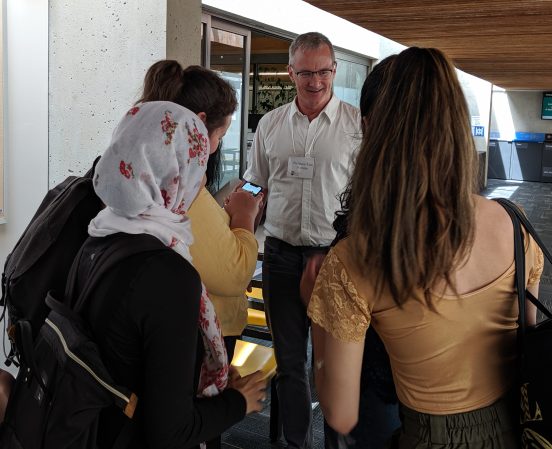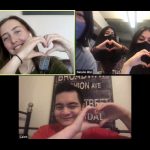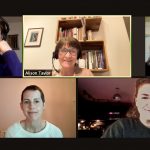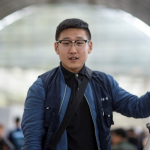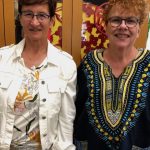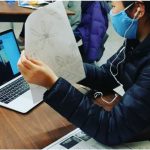By Lauryn Rohde
The moment you step into Tom and Pat’s classroom it becomes clear that something special is happening. Counter to the scene often found in summer classrooms, their students actively engage with the material presented to them, often shooting up their hands to share a personal experience before the question is even over. Today’s discussion centers around Japanese fish markets, and we’ve already heard from students who have been there, and those who have made connections between what they’re learning and what they see in their communities.
The structure of the Urban Ethnographic Field School is unique. Students are placed in community organizations, where they are given the opportunity to conduct ethnographic field research to accomplish a goal set out by the organization. Placements range from helping out with food deliveries for a local food bank to mapping out demographics for a neighborhood house. But there is one thing they all have in common: they bring learning outside the classroom. As Tom says, “At UBC, you forget where you are, you’re just in a bubble in a classroom. To make use of the immediate environment as reference points is often very difficult,” which is why he likes taking the classroom as far away as possible. Holding the course at the Learning Exchange (in Vancouver’s downtown eastside) facilitates a process of resituating, and for some students resuscitating learning, so that they’re able to see the relevance, application, and significance of classroom learning.
By the time they reach third year, most students have mastered the routine of a “typical” university class: absorb the information being presented to you, and spit it back in the form of an essay or exam. This class challenges that dominant narrative, asking students to observe the world around them and to integrate their lived experiences into their analysis.
